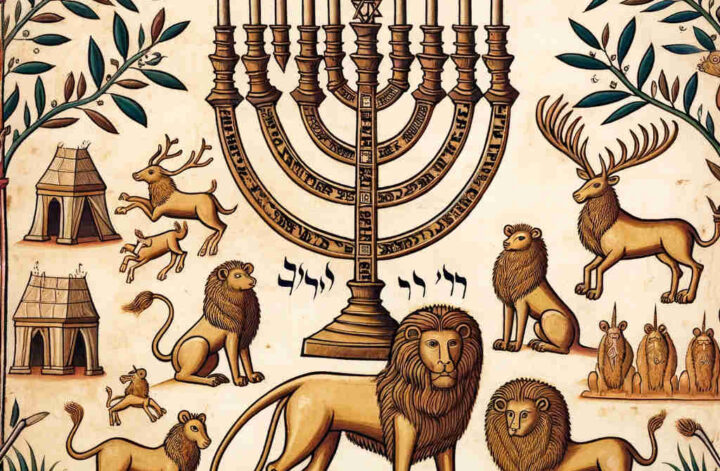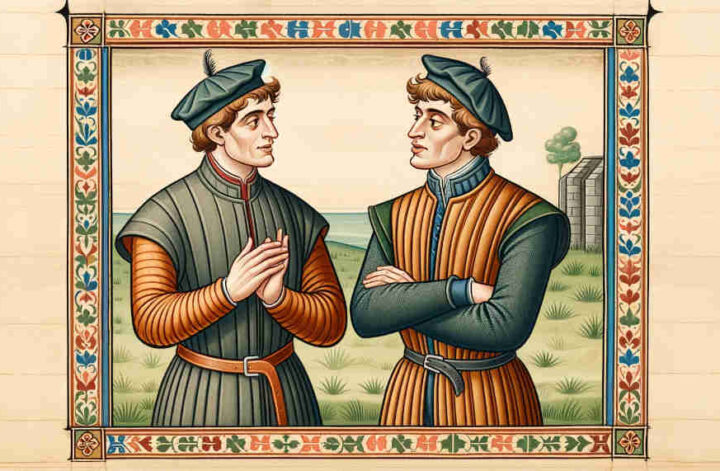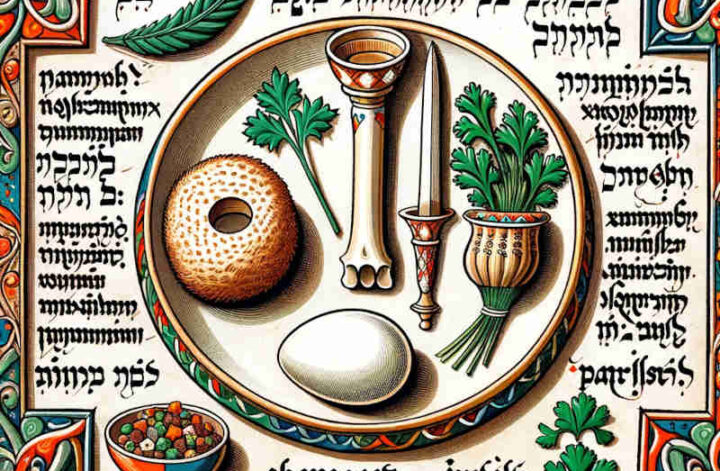Email from Benjamin Levin:
Dear Rabbi Joshua,
I’ve heard about a game called Dreidel associated with Hanukkah, but I’m not entirely sure what it is or how to play it. Could you please explain?
Thanks,
Benjamin Levin
What is Dreidel?
Dear Benjamin,
The dreidel is a four-sided spinning top, each side engraved with a Hebrew letter. These letters are Nun (נ), Gimel (ג), Hei (ה), and Shin (ש), an acronym for “Nes Gadol Haya Sham,” which means “A great miracle happened there.” In Israel, the Shin is replaced with a Pei (פ), which changes the acronym to “Nes Gadol Haya Po,” meaning “A great miracle happened here,” in reference to the miracle of Hanukkah that occurred in the land of Israel.
How to Play Dreidel
Basic Rules:
- Each player begins with an equal number of game pieces (e.g., chocolates, pennies, nuts, etc.).
- At the beginning of each round, every player puts one game piece into the central “pot.”
- Additionally, whenever the pot is empty or has only one game piece left, every player should put one in the pot.
- Players then take turns to spin the dreidel once. The side that comes up when the dreidel falls determines the player’s move:
- Nun (נ) – The player does nothing.
- Gimel (ג) – The player gets everything in the pot.
- Hei (ה) – The player gets half of the pieces in the pot. If there’s an odd number of pieces, the player rounds up.
- Shin (ש) or Pei (פ) – The player adds one of their pieces to the pot.
- When only one player has remaining pieces, that player is the winner and the game ends.
Playing Dreidel: Dreidel is a simple, enjoyable game that combines an element of chance with the celebration of Hanukkah. It is traditionally played to remind us of the Hanukkah miracle and the importance of Jewish resilience.
Educational Aspect: Dreidel is not only fun but can also be educational, especially for children, as it teaches them about the Hanukkah story in an interactive and engaging way.
In conclusion, Benjamin, dreidel is a traditional game that brings joy and festive spirit to the Hanukkah season. It is a delightful way to celebrate the holiday and the miracles that are central to its history. Enjoy spinning the dreidel and may you have a joyous Hanukkah!
With blessings and joy,
Rabbi Joshua


